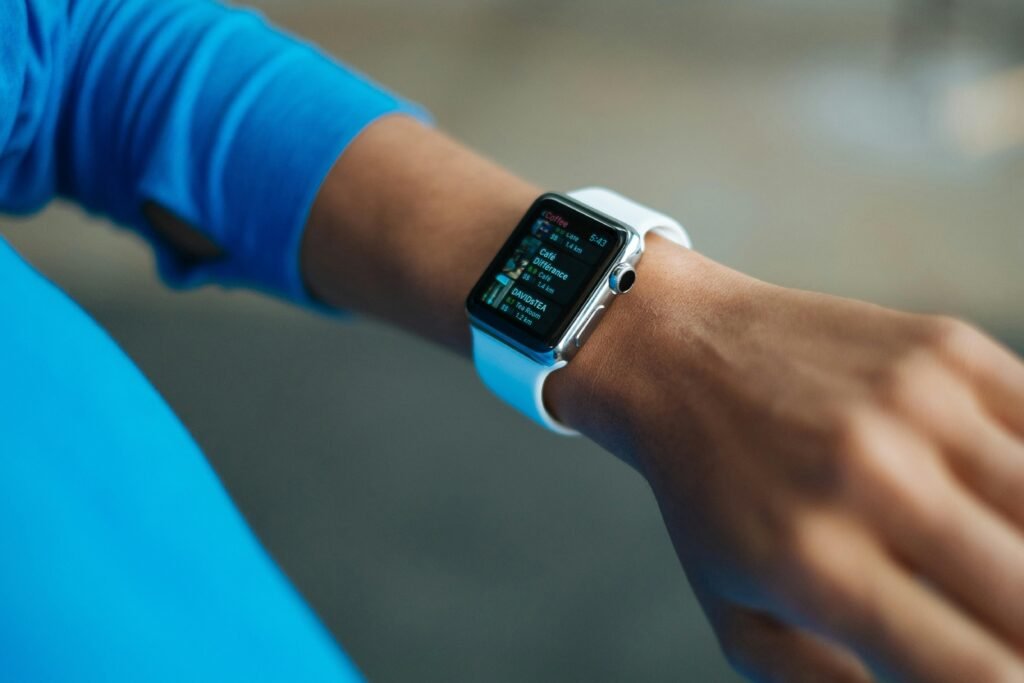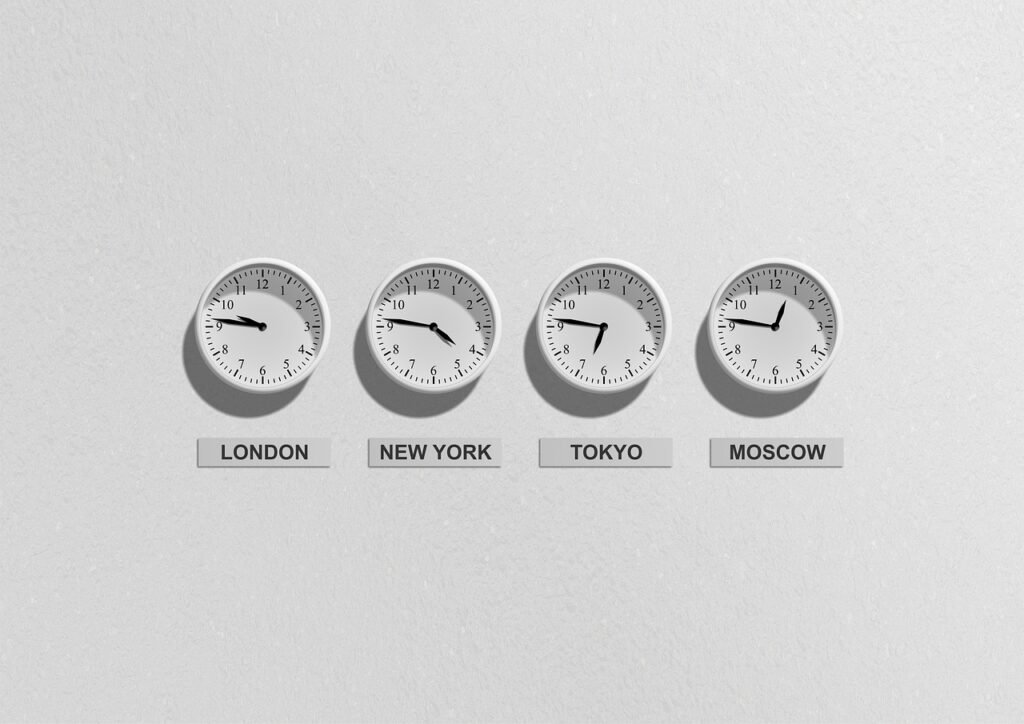

Telling time is an essential skill in everyday life. In this post, we’ll cover the vocabulary related to time and how to express it in English. Whether you’re reading a clock, scheduling an appointment, or discussing time with others, understanding how to tell time is vital.
⏰ Basic Time Vocabulary
- Clock – A device used to measure and show time.
- Watch – A small clock worn on the wrist to tell time.
- Hour – A unit of time, equal to 60 minutes. (Example: 1 hour = 60 minutes)
- Minute – A unit of time, equal to 60 seconds. (Example: 1 minute = 60 seconds)
- Second – The smallest unit of time commonly used. (Example: 60 seconds = 1 minute)
🕰️ Parts of the Clock
- Hour Hand – The short hand on a clock that points to the hour.
- Minute Hand – The longer hand that points to the minutes.
- Second Hand – The thinnest hand that moves the fastest, pointing to the seconds.
- Face – The front part of the clock or watch, showing the numbers or markings.
- Numerals – The numbers on a clock or watch face that indicate the time (e.g., 1, 2, 3, 12).
🕒 Telling Time in English
- O’clock – Used to tell the time when it’s exactly on the hour.
- Example: 3:00 → Three o’clock.
- Half past – Used when the minute hand is on the “6,” 30 minutes past the hour.
- Example: 7:30 → Half past seven.
- Quarter past – Used when the minute hand is on the “3,” 15 minutes past the hour.
- Example: 5:15 → Quarter past five.
- Quarter to – Used when the minute hand is on the “9,” 15 minutes before the hour.
- Example: 4:45 → Quarter to five.
- To – Indicates time before the next hour.
- Example: 9:50 → Ten to ten.
- Past – Indicates time after the current hour.
- Example: 2:10 → Ten past two.
🕔 24-Hour Clock and AM/PM
- AM – Stands for “Ante meridiem,” which means “before noon.” Used for times between midnight and noon.
- Example: 9:00 AM → Nine in the morning.
- PM – Stands for “Post meridiem,” which means “after noon.” Used for times between noon and midnight.
- Example: 5:00 PM → Five in the evening.
- 24-Hour Format – The time system where the day starts at 00:00 (midnight) and ends at 23:59 (one minute before midnight).
- Example: 15:30 → 3:30 PM
🗓️ Time of Day
- Morning – The time between 12:00 AM (midnight) and 12:00 PM (noon).
- Example: I wake up at 7 AM every morning.
- Afternoon – The time between 12:00 PM (noon) and 6:00 PM.
- Example: The meeting is at 3 PM in the afternoon.
- Evening – The time between 6:00 PM and 9:00 PM.
- Example: I like to relax in the evening after work.
- Night – The time between 9:00 PM and 12:00 AM (midnight).
- Example: I go to bed at 10 PM every night.
🕓 Common Phrases for Telling Time
- What time is it? – A general question to ask the current time.
- It’s [hour] o’clock. – To tell the time exactly on the hour.
- Example: It’s six o’clock.
- It’s [hour] [minutes] (AM/PM). – To tell the exact time with minutes.
- Example: It’s five thirty PM.
- It’s [minutes] past [hour]. – To tell time after the hour.
- Example: It’s ten past two.
- It’s [minutes] to [hour]. – To tell time before the next hour.
- Example: It’s fifteen to three.
🗣️ Vocabulary in Practice
Example Sentences:
- It’s quarter past six.
- The train arrives at three o’clock.
- The meeting is scheduled for 9:45 AM.
- I go to bed at midnight every day.
- The flight departs at 8:30 PM.
💬 Practice Questions:
- What time is it when the minute hand is on 12 and the hour hand is on 4? (Answer: Four o’clock)
- How do you say 7:25 in English? (Answer: Twenty-five past seven)
- What is the time difference between 2:00 PM and 5:00 PM? (Answer: Three hours)
📌 Visit www.commandsglobal.com to explore more time-related vocabulary and improve your English skills!
Learning to tell time in English is an important part of communication, whether you’re making plans, scheduling appointments, or simply asking the time. ⏳✨

